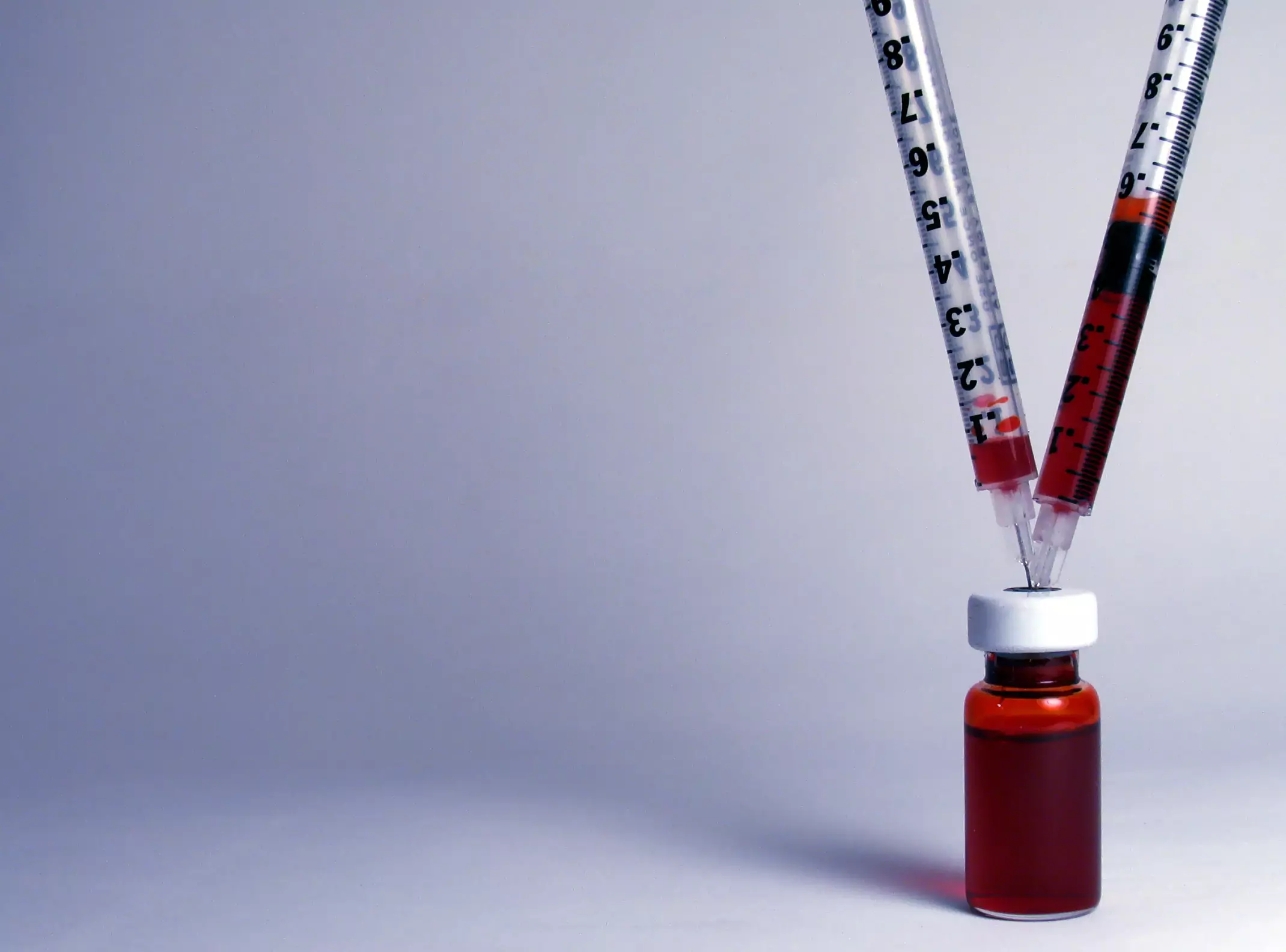Safety Training for Summer Lab Interns

For many students, an opportunity to work in a laboratory over the summer months can be a game-changing experience. Summer internships in working laboratories offer students in STEM-related fields an opportunity to experience firsthand how their knowledge and skills might be put into practice on the job in future career-track positions. However, lab interns also represent a unique challenge to employers. On the one hand, they are new and may have never before undergone extensive safety training in a working laboratory. On the other hand, they are only likely to be in the lab for 12 weeks to 16 weeks, which may make some organizations reluctant to invest large amounts of time and money on safety training. Neglecting safety training for summer lab interns, however, can be tragic.

When Accidents Happen in the Laboratory
While not as widespread as construction fatalities and injuries, accidents do happen in laboratory settings and when they do, the states are extremely high—a lab accident may not only impact the individual or individuals involved but may compromise an entire research project.
In 2008, for example, a 23-year-old intern working in a UCLA laboratory accidentally pulled a plunger from a syringe while conducting an experiment. The syringe contained a combustible substance upon air contact. In the end, the intern’s polyester sweater burst into flames—she was never told to wear a lab coat. Although a nearby postdoctoral fellow tried to douse the flames with his own lab coat, he did not put her into an emergency shower only a few feet away. By this point, the burns were already covering half her body and the intern died 18 days later. Following the incident, UCLA was cited by the state and has since implemented a major overhaul of its safety protocols in laboratories. However, the lab supervisor was charged with four felony counts of willfully violating state health and safety standards. While he did avoid prison time, he was forced to pay a large fine and the oversight in lab safety understandably has had a devastating impact on his research and career.
In 2012, another young medical researcher died at the VA Medical Center in San Francisco. In this case, Richard Din, age 25, came into contact with Neisseria meningitidis, a bacterium that can cause meningitis, while working in the VA Medical Center laboratory. In the end, the U.S. Department of Labor’s Occupational Safety and Health Administration issued a notice that cited the hospital on three accounts: failure to require workers to use a safety enclosure when engaging in microbiological work with a viable bacteria culture; failure to provide training on symptoms of illnesses that may be acquired through exposure; and failure to provide workers with available vaccines.
As both of these cases illustrate, in lab settings, accidents do happen and the consequences can be fatal to employees involved. Moreover, in some cases, the outcome of the research underway is also compromised as research is stalled and in some cases, funding is revoked. The impact then is twofold, affecting both workers and potentially the people they seek to help with their research over time.
Safety Training Obligations of Laboratories
In the U.S., there are more than 500,000 workers employed in laboratories. Common hazards include the chemical, biological, physical and radioactive hazards. OSHA standards seek to protect workers from chemical, biological, physical and safety hazards. In accordance with the Occupational Safety and Health Act, all federal and private agencies must comply with the same safety standards. Regulations govern everything from the proper use of safety equipment (respiratory filers, gloves, and other safety clothing) to the disposal of hazardous materials. However, while a private laboratory can be fined for an OSHA violation, another public agency cannot be fined. Notably, the OSHA does give medical centers 15 business days from receipt of a violation notice to come into compliance.
Whether you’re a public or private laboratories, if you’re preparing to welcome summer interns, there are steps you can take to ensure everyone remains safe:
- Carry out a safety audit to ensure you’re currently in compliance.
- Ensure your staff are setting a good example (interns will be looking up to your full-time employees and using them as an example); a refresher safety course for all employees is recommended.
- Don’t assume your summer interns have already had lab safety training; depending on their college’s or university’s program, they may or may not arrive on the job with strong lab safety skills and awareness.
- Roll out of your safety training prior to the start date of the internship by adopting a learning management system and giving incoming interns access to the training courses prior to their first day on the job.
For more on laboratory training, also see eLeap’s training video: Laboratory Safety: Orientation to Laboratory Safety.
- What Is The Value Of Training Contingent Workers?
- Retention Secrets: How To Retain Your Best Talent
- 7 Critical Questions about e-Learning: What Executives and HR Professionals Need to Know